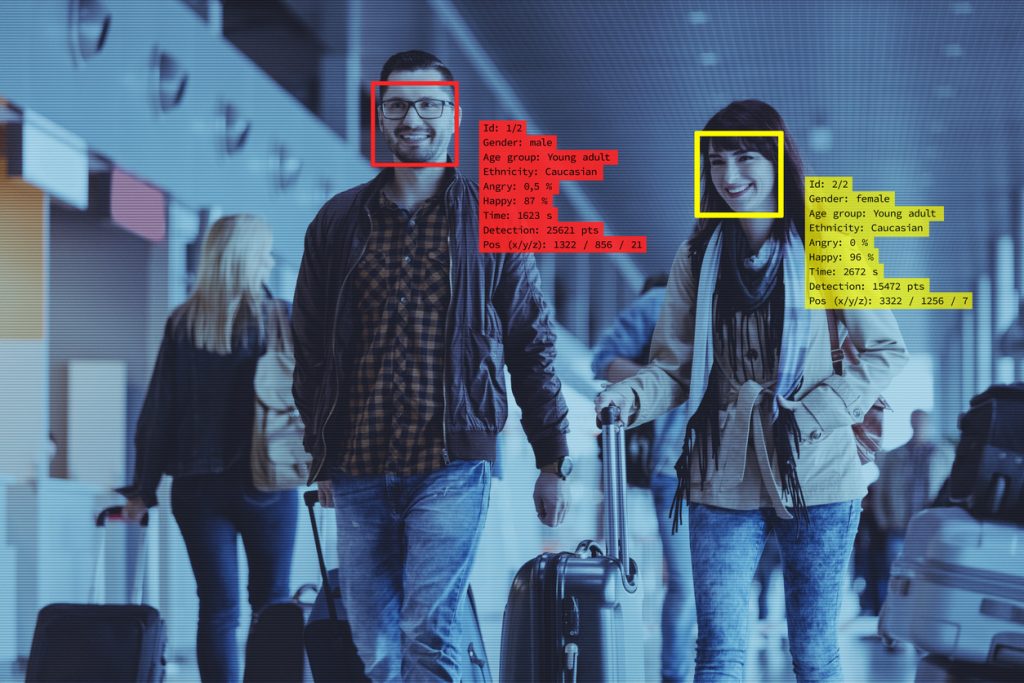


The previous article discussed what a CDP is and what it can do. It’s important to keep in mind the primary potential of CDP, which allows you to collect and unify all customer touchpoints, not just what happens on a single channel.
In travel, it is difficult to track customer interactions, understand customer history and preferences, and predict customer behavior because a unified customer experience is impossible without unified customer data.
It’s important to know and understand the difference between CRM, CDP, and DMP to avoid confusion.
CRM: Customer Relationship Management software doesn’t (always) offer a “360° view”.
A CRM like Salesforce or Microsoft Dynamics can be a great tool for organizing your sales, customer service, or multi-channel marketing efforts.
The “360° view” is not an MDM (Master Data Management).
MDM is an important advantage of a 360° view as it helps ensure reliability, quality, data enrichment, correlation, and sharing of data but MDM alone doesn’t always provide a comprehensive answer to the consolidation of your data assets, most especially to data that can be described as big data (transactions, behavior, contextual data, etc.) and direct activation of marketing channels.
The CDP is not a DMP (Data Management Platform).
CDPs and DMPs provide comparable environments, but DMPs have historically focused on 3rd party partners (3rd party data) and CDP first uses customer data (1st party data) belonging to the company. CDP focuses on all aspects of marketing multi-channel, while DMP is most often designed for Advertisers and agencies to improve ad targeting Advertisers. However, some DMP solutions allow to import and anonymize customer data (broadly) from a company’s CRM system, helping to further blur the lines between the two software products.
As interactions take place across devices and channels, travel companies can no longer rely on legacy systems to understand who their customers are, how and when to reach them, and how to measure the impact of marketing, product, and engineering initiatives on the bottom line. This is why many Forward-thinking travel companies are starting to consider using CDPs to unify and harmonize their customer data.
CDP allows airlines to intimately understand who their passengers are and engage with their passengers in a more relevant, personalized way.
According to Segment’s high-level overview of how CDP usage is evolving. Companies are collecting data from four main sources: Web (JavaScript), Mobile (iOS, Android), Server (HTTP API, Node.js, etc.), and Cloud (e.g., Stripe, Sendgrid, etc).
This array of data sources viscerally demonstrates how the customer journey unfolds across multiple channels. JavaScript tops the list of digital data sources with 85% of customers.
This is an era of personalization, and consumers need brands to meet their individual needs. To meet this challenge, airline marketers need to pay close attention to consumer behavior and expectations. Consumer data analysis can provide valuable insights that marketers can use to orchestrate one-to-one marketing for their customers and prospects. But analyzing data is no easy task, as airline consumer data is spread across various silos and sources. This is where airline marketers can use the Customer Data Platform.
CDP can help marketers aggregate and unify consumer data from disparate data sources in one centralized location. Unified data helps create a single user view of each airline consumer, leading to valuable insights into their online behavior, travel history, preferred marketing channels, and more. Based on this information, airline marketers can tailor personalized campaigns across preferred channels and users’ devices in real-time.
According to Lemnisk, there are 6 CDP use cases that airline marketers can implement for their respective businesses:
You book a flight from Paris to New York but then leave the site. You can be alerted via browser push notifications when price drops occur on your route. Here, your activity on the website, just like any other consumer, is recorded in CDP in real-time. Airline marketers can use product intent to target users with personalized messages on his/her preferred channels.
Think about the time you book a flight for a family of 6. On the checkout page, you will receive additional baggage benefits and will be notified on-site.
CDP’s single customer view enables airline marketers to schedule contextually relevant offers to customers at the right time and through the right channel.
Customers can be alerted about offers available with their Frequent Flyer Points (FFP). They can be notified of points expiry or any other offers available as privileged customers. Loyalty programs are another source of revenue for any airline. Using CDP, marketers can easily segment customers who have subscribed to their loyalty program and target them with 1:1 personalized offers.
Customers can send personalized messages via email and text message to select their flight seat or opt for the online check-in facility. CDP makes it easy for airline marketers to identify which customers have not yet selected their seats and opt for web check-in. Attractive offers can then be tailored to these customers before travel, increasing airline revenue.
Send personalized offers to customers via on-site notifications or email or browser push notifications, encouraging customers to book hotel rooms from airline websites. A considerable number of airline passengers travel to specific destinations for meetings, events, or vacations. CDP can provide these passengers with hyper-personalized hotel offers on their preferred marketing channels.
The customer’s past booking history can send personalized messages via browser push notifications or emails to book flights for specific holiday periods. Airline marketers can view a customer’s past purchase history through CDP and use this information to craft personalized offers.
In return for the personal, transactional, behavioral, or emotional information they share with you, your customers expect hyper-personalized, contextualized experiences, “seamless” cross-channel transitions, and strict respect for the security and confidentiality of their data.
With CDP, you can better understand needs, behaviors, and customer expectations. By integrating this insight into data created by and about customer marketing and sales automation tools, hyper-personalized acquisition, cross-sell, and upsell programs can be enabled.
TRAVELER’S MICRO-MOMENTS Home Capturing the Traveler's Micro-Moments 26 April 2022 microMoments, Technology, traveler Time Is No Longer Measured in Days,…
IFE TO THE RESCUE Home WHEN IFE COMES TO THE RESCUE OF FLIGHT ATTENDANTS! 25 June 2022 Digital Services, IFE,…
Digital AD: IVT-FREE Zone Home DIGITAL INFLIGHT ADVERTISING: AN IVT-FREE ZONE 20 May 2022 Advertising, IVTFREE, Technology In late 2015,…